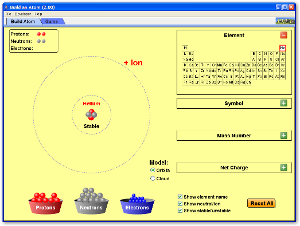Wow! There has been an amazing flurry of activity on the inquiry projects. Thanks and I will get back to you as soon as possible. Today, you will get the last assessment returned and plot your current level of understanding. What do you need to do to learn content?
In general, everyone seems to have a solid understanding of the structure of an atom and how the protons, neutrons and electrons help make this structure. Today, we will begin with experimentation to think about how compounds can react together.
Content Objectives:
Language Objectives
November Process Words
Upcoming Schedule:
Hand-out
What are safety concerns of this experiment?
In general, everyone seems to have a solid understanding of the structure of an atom and how the protons, neutrons and electrons help make this structure. Today, we will begin with experimentation to think about how compounds can react together.
Content Objectives:
- Design systems to determine the fuel of a candle.
Language Objectives
- Explain the process of experimentation.
November Process Words
- Adapt (6, 7, 8th grade)
- Verify (6, 7, 8th grade)
- Establish (7, 8th grade)
- Relate (7, 8th grade)
- Assess (8th grade)
- Clarify (8th grade)
Upcoming Schedule:
- Wednesday, 11/28 - Intro / begin experimenting
- Friday, 11/30 - Experiment
- Tuesday, 12/4 - Finish up all experimentation & poster. Submit poster (1 / group)
Hand-out
What are safety concerns of this experiment?
